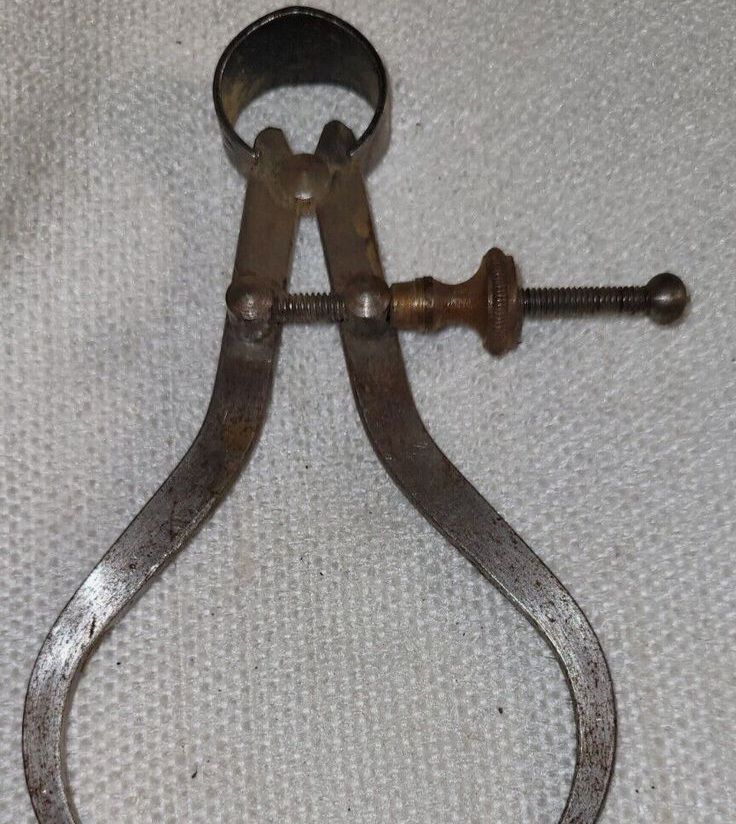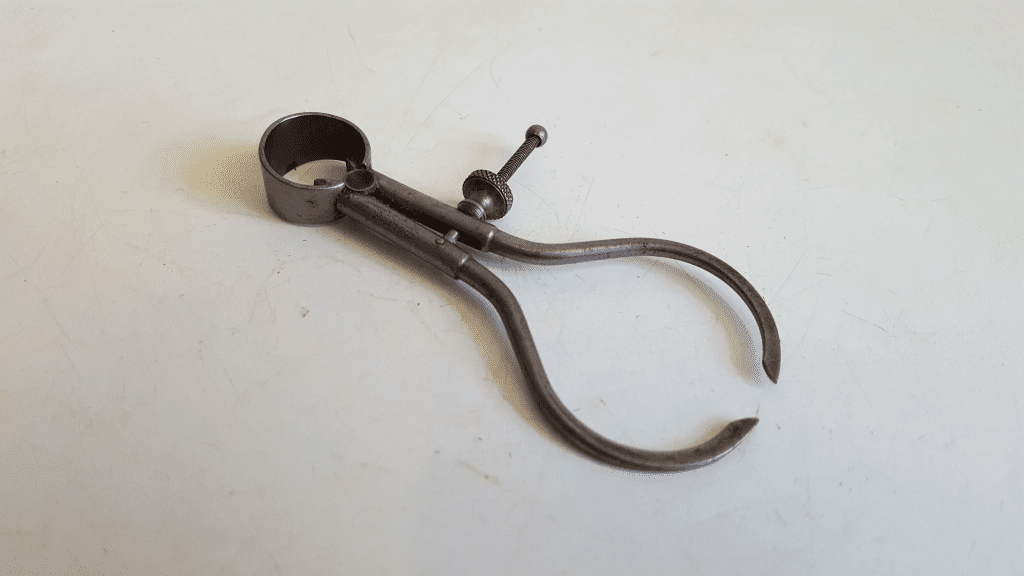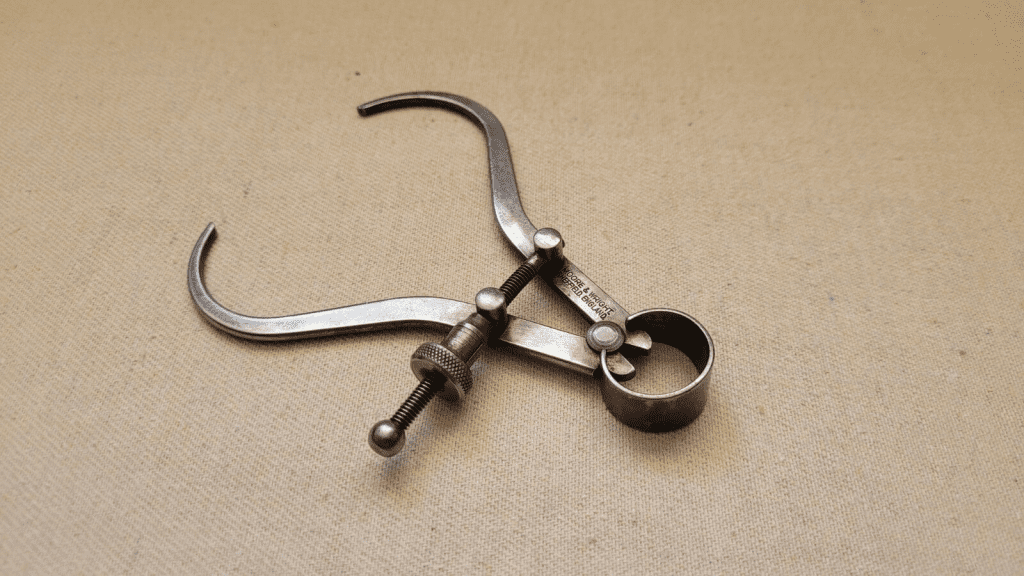The Mystery Tool From the Toolbox: Discovering the Outside Caliper
Have you ever stumbled upon an old tool in a dusty box and thought, What on earth is this? That’s exactly what happened when I pulled out a strange metal device with curved arms and a little screw on the side. At first glance, it looked like something between a clamp, a lock, or maybe even an odd trap. But after a closer look, its real identity came into focus—it was an outside caliper, a tool with a fascinating history and practical use.

What Exactly Is an Outside Caliper?
An outside caliper is one of those classic measuring tools that once ruled workshops long before digital devices took over. Picture two curved metal arms joined at the top, with a fine adjustment screw allowing precise control. Instead of relying on digital readouts or fancy laser beams, this tool depends on human touch, skill, and accuracy.
In short, it was the go-to device for measuring the external dimensions of round or cylindrical objects, like pipes, shafts, and bearings. It’s not about numbers flashing on a screen—it’s about feel, adjustment, and then cross-checking with a ruler or scale.
How Does an Outside Caliper Work?
The process is surprisingly simple yet effective. You open the arms using the screw mechanism, place the tool around the object you want to measure, and gently tighten until the arms touch the surface. Once you’ve got that fit, you remove the caliper and measure the gap with a ruler or scale.
Video : How to Use Outside and Inside Caliper
Think of it as using your hands to estimate size, but with far greater accuracy and consistency. The screw doesn’t just adjust the arms—it locks them in place, ensuring the measurement stays reliable until you can confirm it with a ruler.
Where Was It Used?
Back in the day, you could spot outside calipers in almost every mechanical workshop, blacksmith’s forge, and machine shop. They were the trusted companions of machinists, turners, and metalworkers. Whenever precision was key—say, ensuring a metal shaft would fit perfectly into a bearing—this little tool did the job.
They were especially valuable in:
- Metalworking and machining – for checking diameters of rods and spindles.
- Forging – to confirm the size of handmade pieces.
- Machine repair – ensuring replacement parts matched worn-out originals.

Before the age of Vernier calipers, micrometers, and digital gauges, this tool carried the weight of precision in the industrial world.
The Evolution of Measuring Tools
If outside calipers were once the champions of precision, why don’t we see them much today? The answer lies in technology. The invention of Vernier calipers and later digital calipers brought speed, direct readings, and greater accuracy. Instead of measuring twice—once with the caliper and then with a ruler—you could get the result instantly on a scale or screen.
Yet, despite being overshadowed, outside calipers remain a symbol of craftsmanship. They represent an era when machinists relied more on feel, touch, and judgment rather than on digital displays.
Why This Tool Still Matters
You might think of an outside caliper as a relic, but it still holds value. For antique tool collectors, it’s a prized piece of history. For craftsmen, it’s a reminder of how far measurement technology has come. And for anyone who loves working with their hands, using one offers a sense of connection to traditional trades.
Video : Full information of Outside caliper.
It’s like comparing handwriting with typing. Sure, digital calipers are faster and more convenient, but there’s something personal and satisfying about using an outside caliper—slowing down, adjusting carefully, and relying on your own skill to get the measurement right.
The Unexpected Discovery
When I first held that caliper in my hand, I had no idea what it was. The screw turned, the arms opened and closed, and it looked oddly complicated for such a small thing. But once I learned its purpose, I realized I was holding a tool that carried decades of history in workshops worldwide.
It wasn’t just a piece of metal—it was a link to generations of craftsmen who built, repaired, and shaped the modern world with their bare hands and simple tools.

Conclusion: More Than Just Metal
The outside caliper may not shine in today’s high-tech world, but its legacy is undeniable. It measured progress—literally—and ensured precision when the world depended on skilled hands more than machines. Next time you spot one in an old toolbox, don’t just toss it aside. Appreciate it as a reminder of craftsmanship, patience, and the timeless pursuit of accuracy.
Because sometimes, the simplest tools tell the most extraordinary stories.